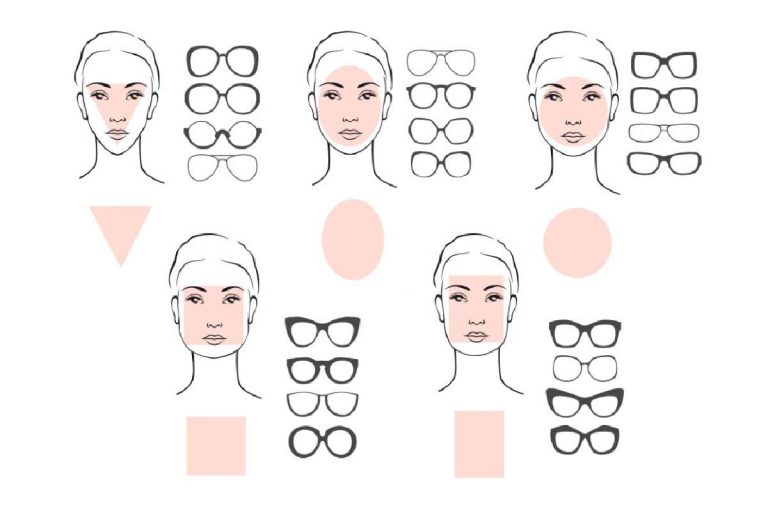It was successfully launched in 2008, and to the present day, it remains one of the most recognizable fragrances in modern perfumery – Dolce & Gabbana’s The One. This befitting masculine fragrance was developed by master perfumers Olivier Polge and Mabrouk Orane, and this scent defines and personifies the spirit of modern men around the globe while retaining a gracious charm that is appreciated by men all over the world.
Table of Contents
The Signature Scent Profile
The One is distinguished by its complex and harmonious blend of notes that unfold in three distinct stages:
Top Notes
- Basil
- Grapefruit
- Coriander
Heart Notes
- Cardamom
- Orange Blossom
- Ginger
Base Notes
- Amber
- Cedar
- Tobacco
Evolution of The One Collection
Over the years, Dolce & Gabbana has expanded The One line to include several variations:
- The One EDT (Original, 2008)
- The One EDP (2015)
- The One Intense EDP (2020)
- The One Gold EDP Intense (2024)
Each iteration maintains the DNA of the original while offering unique interpretations of the classic formula.
Performance and Longevity
The One EDP is known for its:
- 6-8 hours of longevity
- Moderate to strong sillage
- Optimal for evening wear and special occasions
- Best performance in cool weather
Versatility and Occasions
The One excels as:
- A signature evening fragrance
- Perfect for formal events
- Ideal for romantic occasions
- Suitable for professional settings
Cultural Impact and Recognition
Since its launch, The One has:
- Garnered consistently high ratings (4.5/5 average across platforms)
- Maintained its position as a bestseller in the luxury fragrance market
- Been featured in numerous luxury fashion campaigns
- Received multiple fragrance awards
Expert Reviews and Public Reception
Fragrance experts and consumers alike praise The One for:
- Timeless composition
- Versatile wearability
- Sophisticated blend of notes
- Universal appeal
Frequently Asked Questions
Q: Why does The One edt have to be worn and not the edp?
A: The EDP is creamier and has better throw and durability: the tobacco and amber notes are more pronounced than the fresh and somewhat zesty top note of the EDT version.
Q: But when is the right time to don The One?
A: The less favorable condition is observed if The One is used during the daytime and especially when the weather is hot.
Q: What number of The One sprays should be used?
A: About 3-4 sprays should be sufficient to deliver the best results – the recommended site is neck, chest, and wrists.
Q: Isn’t The One sweating it out in the hot season?
A: This fragrance is to be worn all year round, but the warmth and spices of The One work best in colder climates.
Q: Does The One stay on the skin for long?
A: The EDP version is usually longer than the EDT as it can last between 6 to 8 hours, while EDT will last between 4 to 6 hours on average.
Q: Can it be used for formal occasions or business attire?
A: Yes, when applied moderately. Since it has a refined smell, it can be used in the workplace.











